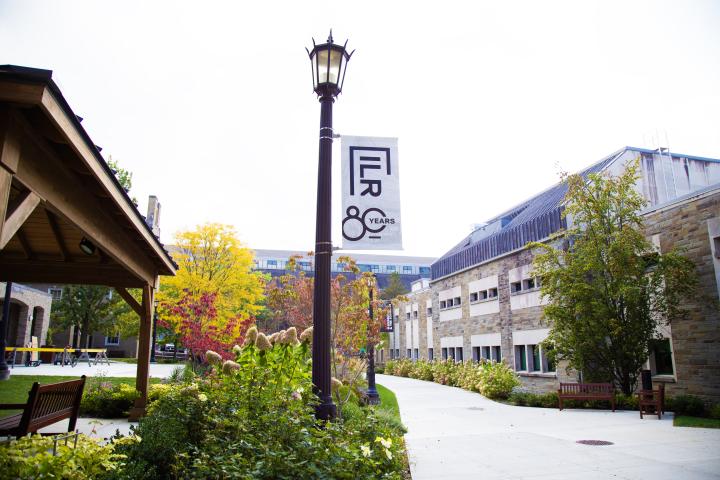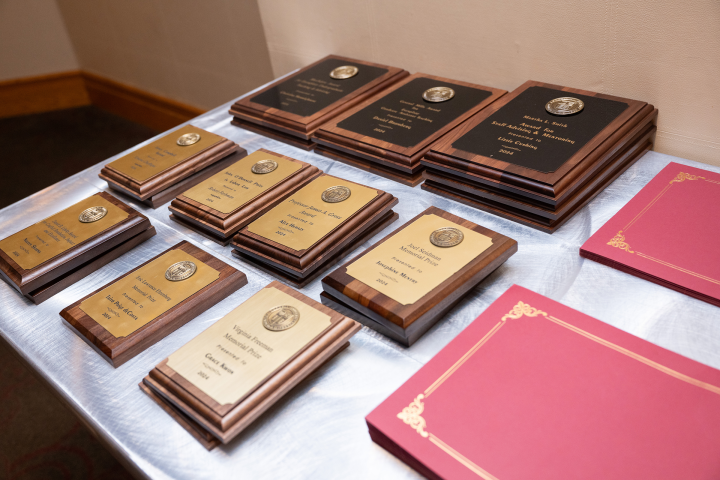Bargaining for Better Schools
Wide variation in teacher salaries is documented in the New York State Teacher Salary Report, an analysis prepared by ILR’s Bargaining for Better Schools project. The report can be found here (pdf).
“This is the first study that compares salaries across every teacher union contract in New York state,” said Sally Klingel, director of Labor-Management Relations at the Scheinman Institute on Conflict Resolution.
The Bargaining for Better Schools project is an initiative of the ILR School through the Scheinman Institute in collaboration with the Worker Institute at Cornell.
“The project aims to increase dialogue and learning among school administrations, union leaders, citizens and policymakers with support from accurate data on relationships between employment practices and school improvement,” Klingel said.
All of the state’s 695 local public school districts are included in the salary report.
Report highlights include:
- The statewide median salary (half the contracts pay more and half pay less) for a starting teacher with a master’s degree is $43,928. After 20 years, that median salary would be $69,460. Figures vary by region and by community.
- Experienced teachers in some areas – mainly downstate communities – can earn $100,000 or more; in other areas, experienced teachers are paid in the $40,000 to $60,000 range.
- Upstate teachers in regions with the lowest median salaries – the Finger Lakes, Southern Tier and Mohawk Valley – make about 40 percent less than downstate peers with similar qualifications and experience.
- Districts located in towns and in rural areas generally do not pay teachers as much as suburban schools, which have the highest teacher salaries. City districts also tend to pay less than suburban districts.
“In considering the need to attract and retain high-quality educators, it is important to consider relative salary levels,” said Alex Colvin, Cornell’s Martin F. Scheinman Professor of Conflict Resolution.
Teacher contract data from public school districts is public information; the report drew contract information from DigitalCommons@ILR and SeeThroughNY. The most recent school district collective bargaining agreements available were analyzed to compile the database.
In 2014, the project team will release reports about New York’s Annual Professional Performance Review (APPR) teacher evaluation systems and about employment provisions found in collective bargaining agreements.
For more information, visit http://www.ilr.cornell.edu/bargaining-for-better-schools/.


